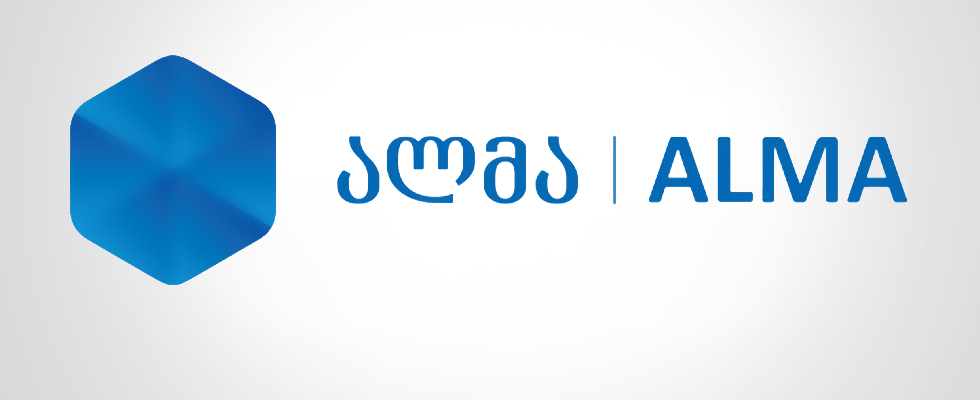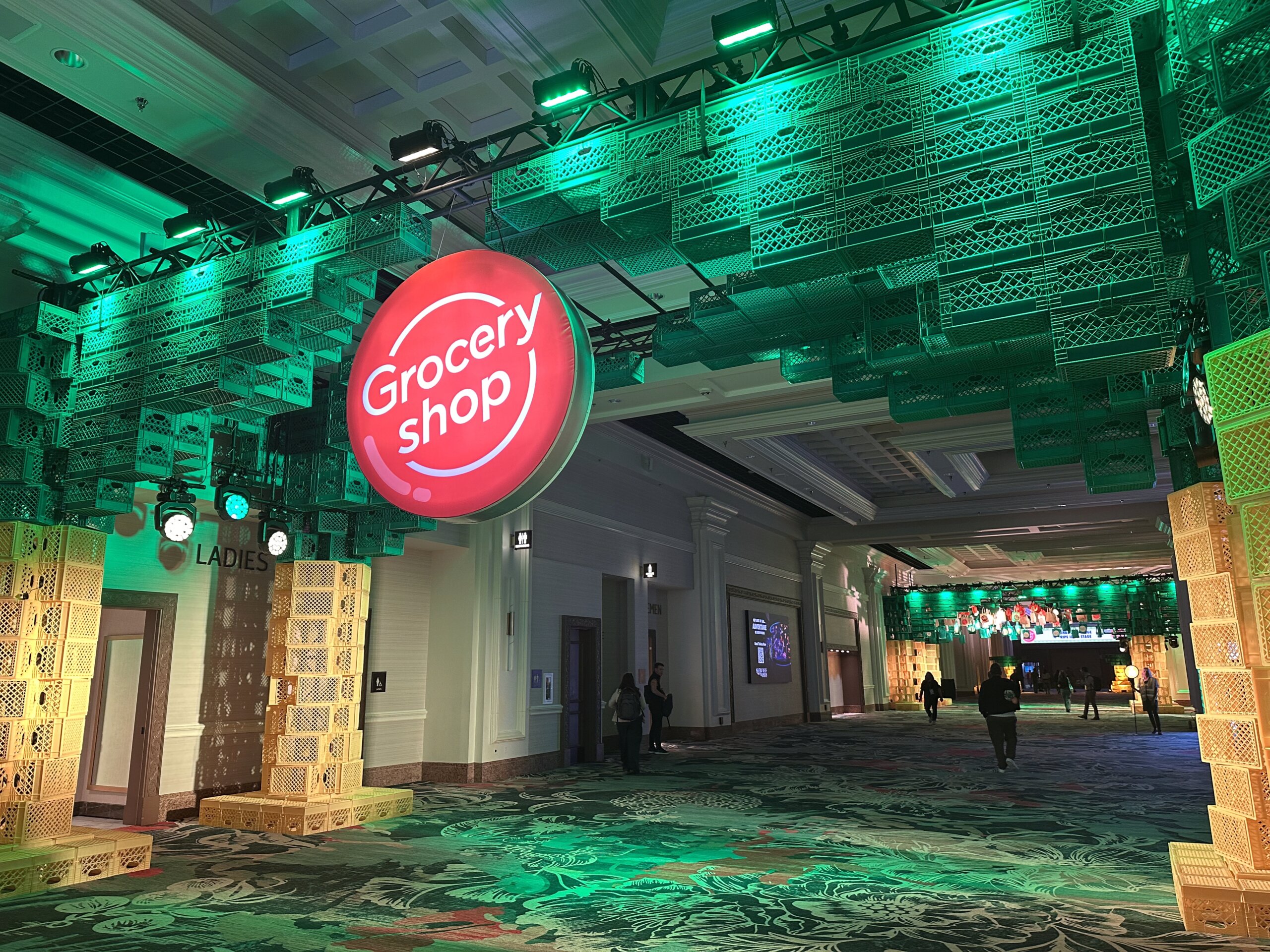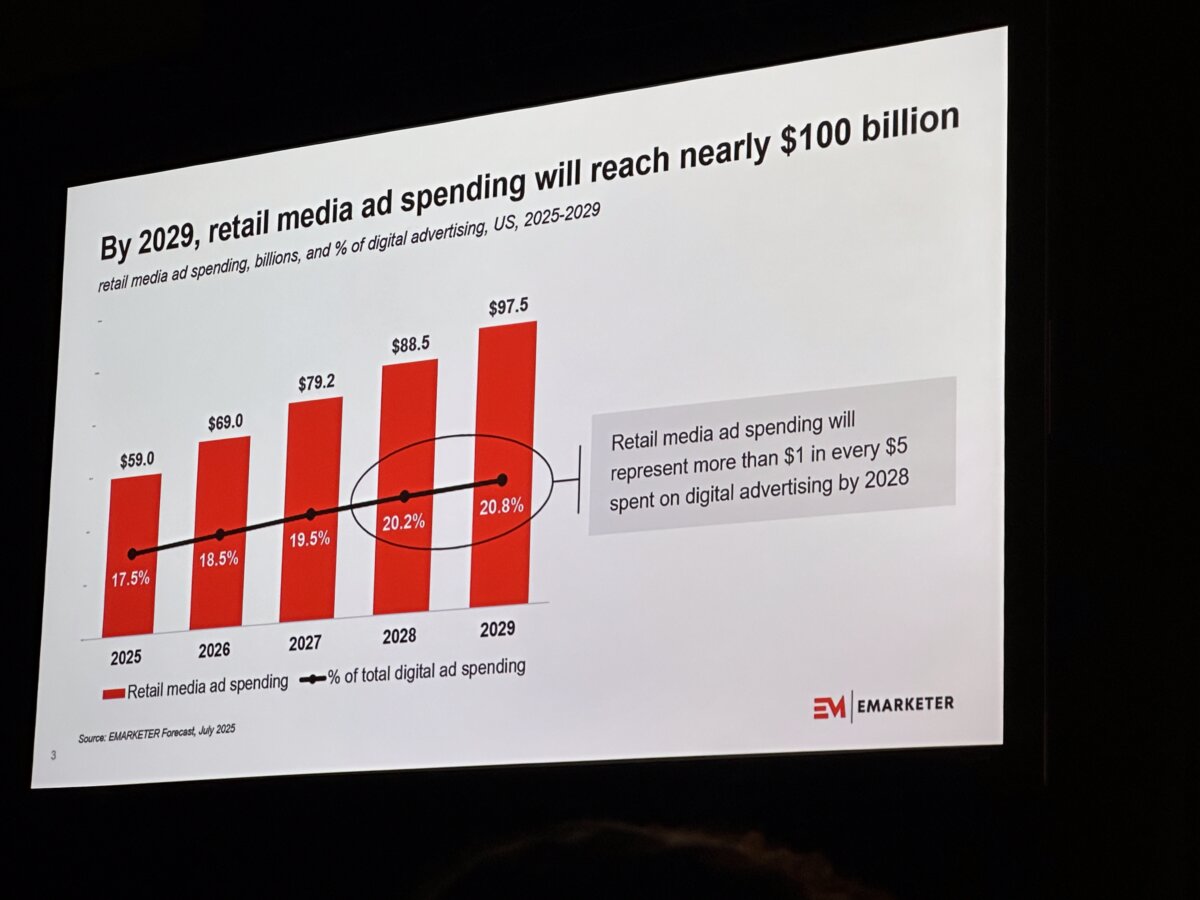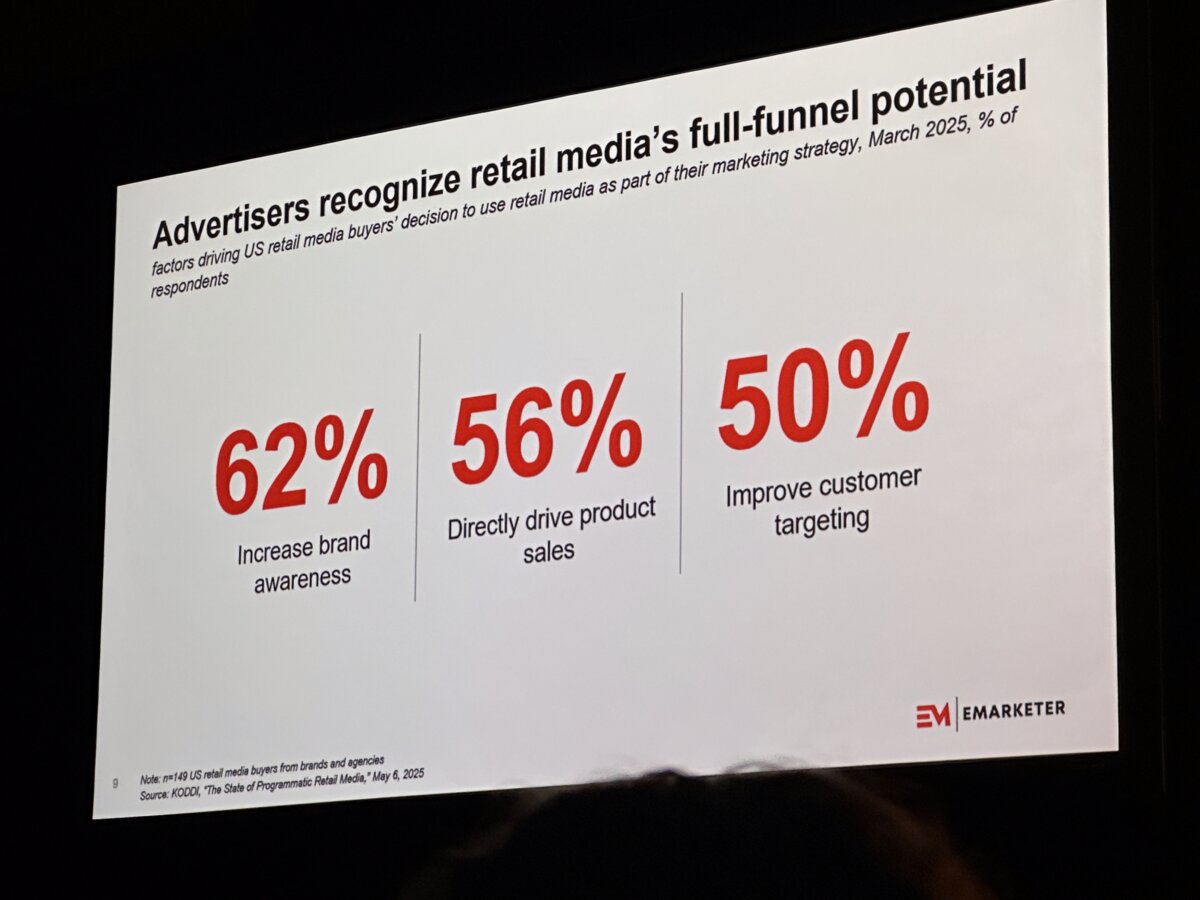| October 11, 2021
Alma LLC To Deploy DOOH Network with Broadsign International, LLC in Georgia
Digital displays will run in transit, shopping mall and airport venues.
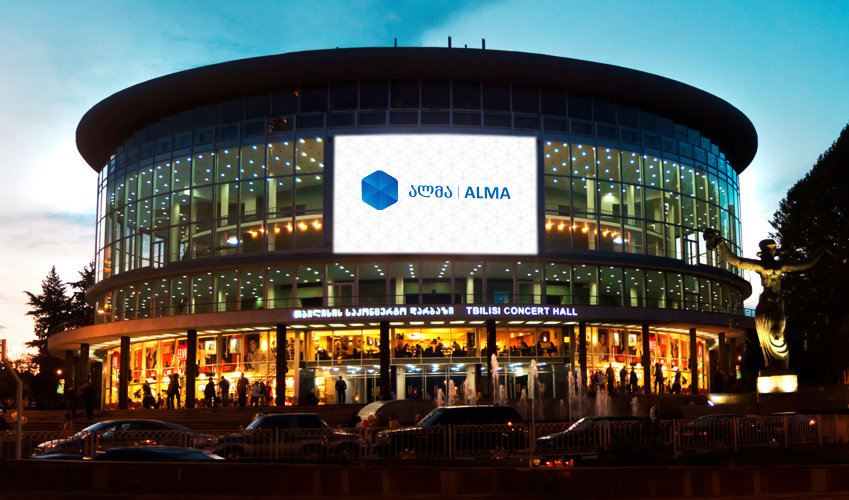
Tbilisi, Georgia. September 29, 2015. The largest outdoor advertising company in Georgia, Alma LLC, has selected Broadsign International, LLC’s digital signage software for the deployment of its digital out-of-home network.
Alma’s portfolio of digital displays is complementary to its traditional billboards and printing house. Four LED screens and LCD videowalls will be live before the end of 2015 as part of the initial deployment, located in Tbilisi’s city centre, East Point Mall and Tbilisi International Airport.
“We came across Broadsign at Integrated Systems Europe and opted to use their software platform due to its strong credibility in the industry and features that meet the needs of our DOOH network,” said Giorgi Trapaidze, CEO at Alma. “The implementation of informational and interactive capabilities is essential to providing our advertisers with the ability to run innovative and high quality campaigns.”
“We are very pleased that Alma, a national leader in traditional and digital out-of-home, has selected Broadsign’s platform for the deployment of such highly visible displays and are certain the robustness of our offering will ensure the network sets a high bar for DOOH in the Georgian market,” said Skip Beloff, Vice President of Sales at Broadsign.
To learn more about Broadsign’s DOOH solutions in Europe, meet with a representative at Viscom Paris or sign up for a free trial.
About Broadsign
Broadsign International, LLC is the first global provider of cloud-based digital signage software. Its award-winning, automated approach to content management is mature, reliable and robust, and gives digital out-of-home networks an unlimited capacity for growth without adding personnel. Broadsign’s sophisticated platform and cost-effective line of smart players, Broadsign Xpress and Broadsign Xpress Pro, decrease the cost of network deployment.
Broadsign’s constant growth, extensive customer base and dedication to predicting and responding to industry trends make its digital signage solutions a safe bet for the future of networks with even the most complex of requirements. For more information about Broadsign, visit https://broadsign.com.
About Alma
Alma is a leading company in outdoor advertising market in Georgia since 1995. Until October 2013 the company was known as “Alma Plus”. With its innovative approach the company has laid ground to the development of Georgian outdoor advertising industry. Recently, the company has been re-branded and diversified its products and services as it acquired an exclusive right for advertising at Tbilisi and Batumi international airports from “Vellagio” and took possession of DGM, the highest technology printing house in the whole Caucasus since 2002. Today Alma owns billboards not only in Tbilisi but in other big cities of Georgia.
